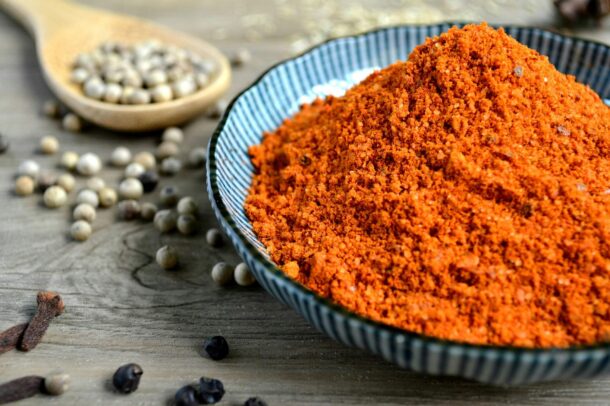Submitted by Emily Campbell, RD CDE MScFN
Sodium (salt) is a mineral found naturally in foods and table salt. Most Canadians consume too much salt; in fact, we consume about 3,400 mg per day without even realizing it. While some salt is necessary for our diet, too much can cause edema or swelling in the hands or feet, shortness of breath and increased blood pressure.
Sodium should be limited to 2,300 mg per day for people with chronic kidney disease, the equivalent to 1 teaspoon of salt. Over 75% of the sodium we eat comes from processed and packaged foods, pickled or preserved foods, deli meats, cheese, frozen meals, and flavourings like spice mixes or broths.
Reading food labels can help you find lower-sodium foods.
- Each packaged food will have a nutrition facts table, and sodium will have two values to help you: a number in milligrams (mg) or a percentage. The percentage is part of the percent daily value, which can tell us if there is a little or a lot of a nutrient in a product. Foods with 5% or less have a little, and 15% or more have a lot of that nutrient. Aim for products with 200 mg or less sodium per serving to help you follow a low sodium diet.
- Be aware of other sources of sodium on the food label that have sodium in them, like monosodium glutamate (MSG), which is also a source of sodium and should be avoided.
- Labels may also have nutrient content claims to tell us about a product. Look for claims like “low in sodium/salt.” This means that there is 140 mg or less sodium per serving, or “no added sodium/salt,” which means no added salt or ingredients contain salt.
Flavouring your foods without salt and avoiding salt substitutes in cooking is one strategy to reduce your sodium. It does not matter if it is regular table salt, pink, or Himalayan salt; they all contain sodium. Foods on a kidney-friendly diet can still be flavourful and taste delicious. Try adding aromatic flavours like onion, garlic, leeks, lemon, or lime; or vinegars and oils to flavour your foods. Making homemade spice blends with herbs and spices is another no added salt strategy to season your foods. Making spice blends is a fantastic way to experiment with new flavours and control your sodium intake.
Give your taste buds time to adjust by gradually reducing sodium. Use spice blends to add flavour to your plant and animal proteins, vegetables, sauces, soups, or salads. Reduce sodium by preparing meals at home, using herbs and spices to add flavour, and enjoying more vegetables and fruits at each meal. Each of these spice blends below make 8 Tablespoons of the mix. Store them in airtight containers or mason jars for up to 3 months. Spice blends also make great gift ideas to encourage friends and family to reduce sodium in cooking.
For more great spice blends, check out these other recipes from the Kidney Community Kitchen.
Mediterranean Seasoning Blend
2 TBSP basil
3 TBSP oregano
1 TBSP parsley
1 TBSP onion powder
1 TBSP garlic powder
1 tsp black pepper
This blend is great on chicken, fish, or roasted vegetables.
Italian Seasoning Blend
2 TBSP basil
2 TBSP oregano
2 TBSP rosemary
1 TBSP thyme
2 TBSP garlic powder
This blend is great on roasted vegetables, chicken or in pasta dishes.
Mexican Seasoning Blend
2 TBSP chili powder
2 TBSP paprika
2 TBSP onion powder
2 TBSP garlic powder
1 TBSP oregano
1 tsp black pepper
This blend is great for tacos, fajitas, or in chili.
Curry Seasoning Blend
3 TBSP turmeric
2 TBSP cardamom
2 TBSP cumin
1 TBSP ginger powder
1 tsp cayenne powder
1 tsp cinnamon
This blend is great for curry dishes made with chickpeas, lentils, chicken, or fish.
References:
- Borrelli S, et al. Sodium Intake and Chronic Kidney Disease. Int J Mol Sci. 2020; 21 (13): 4744.
- Kidney Foundation. Nutrition. 2021. Available from: https://kidney.ca/Kidney-Health/Living-With-Kidney-Disease/Nutrition#
- Government of Canada. Sodium in Canada. 2017. Available from: https://www.canada.ca/en/health-canada/services/food-nutrition/healthy-eating/sodium.html

